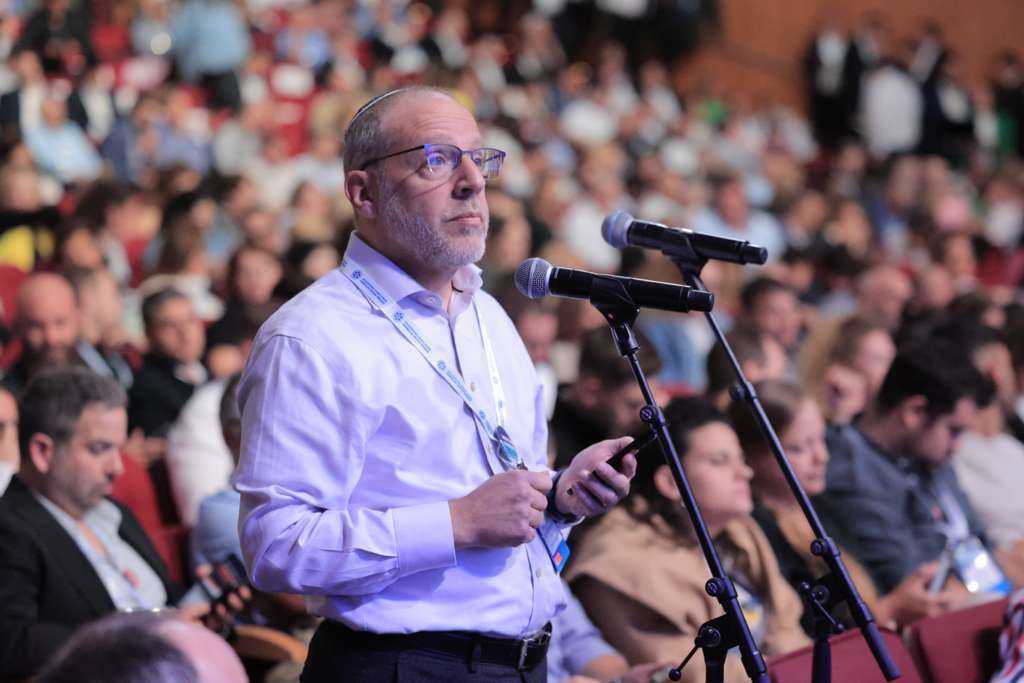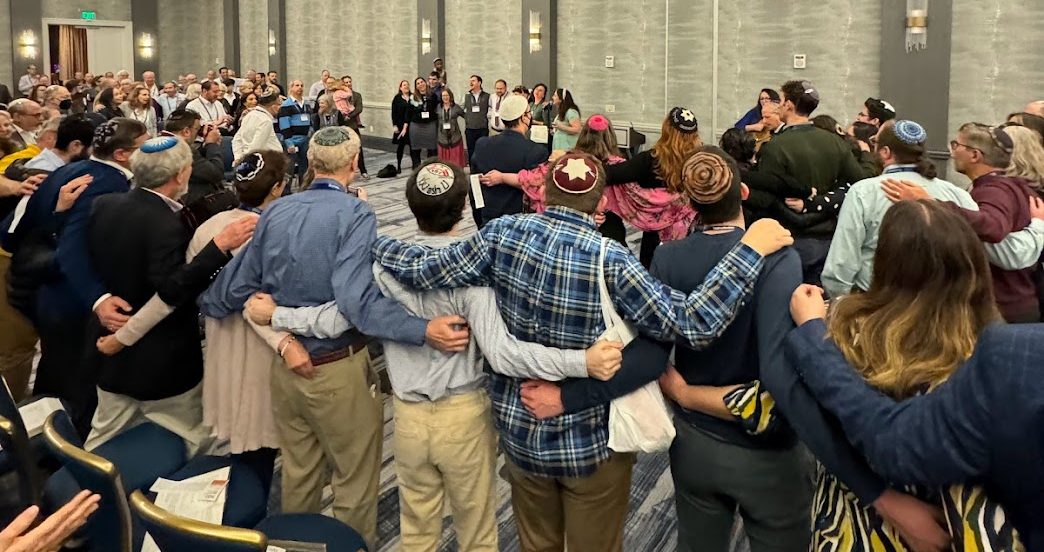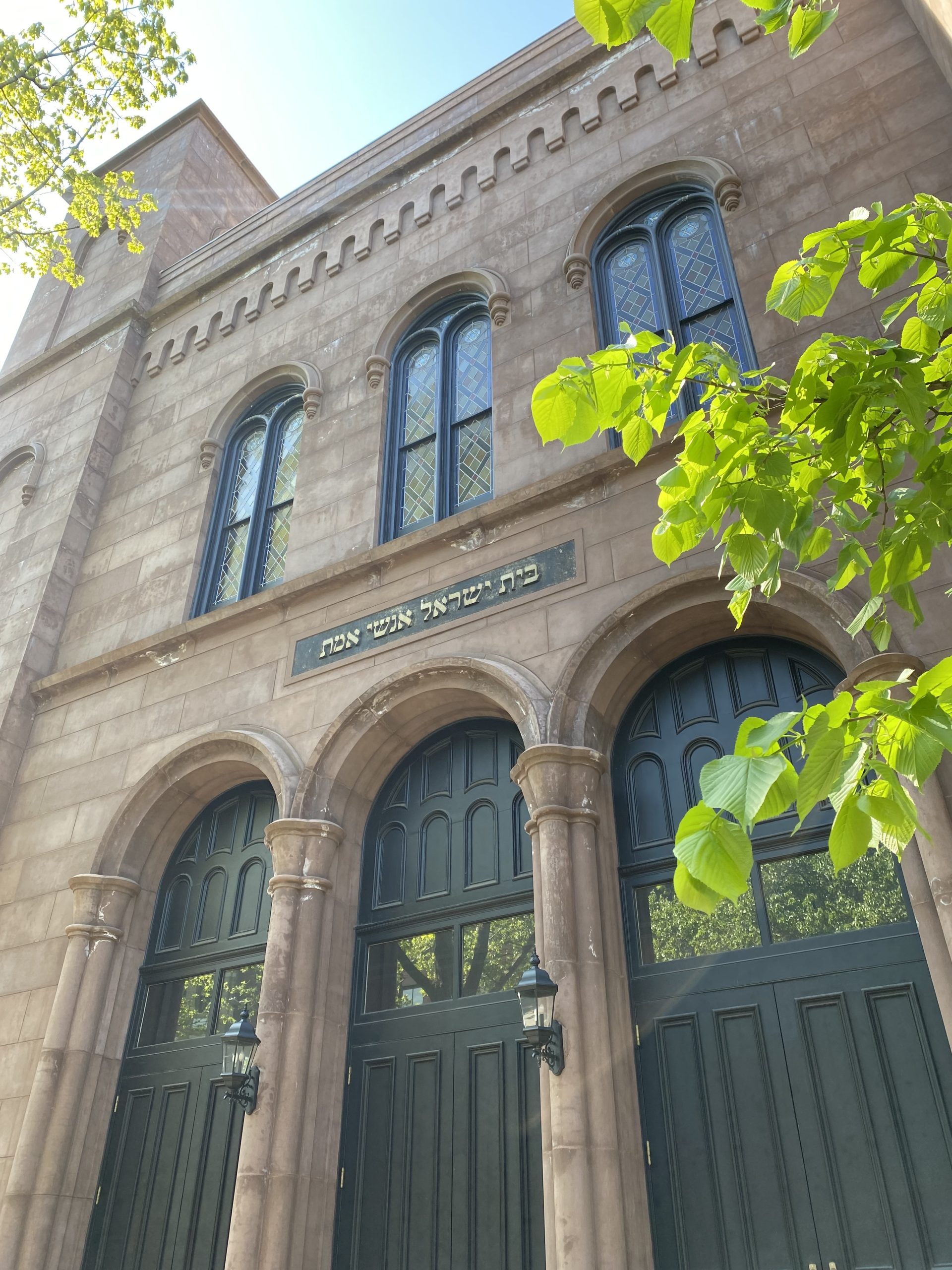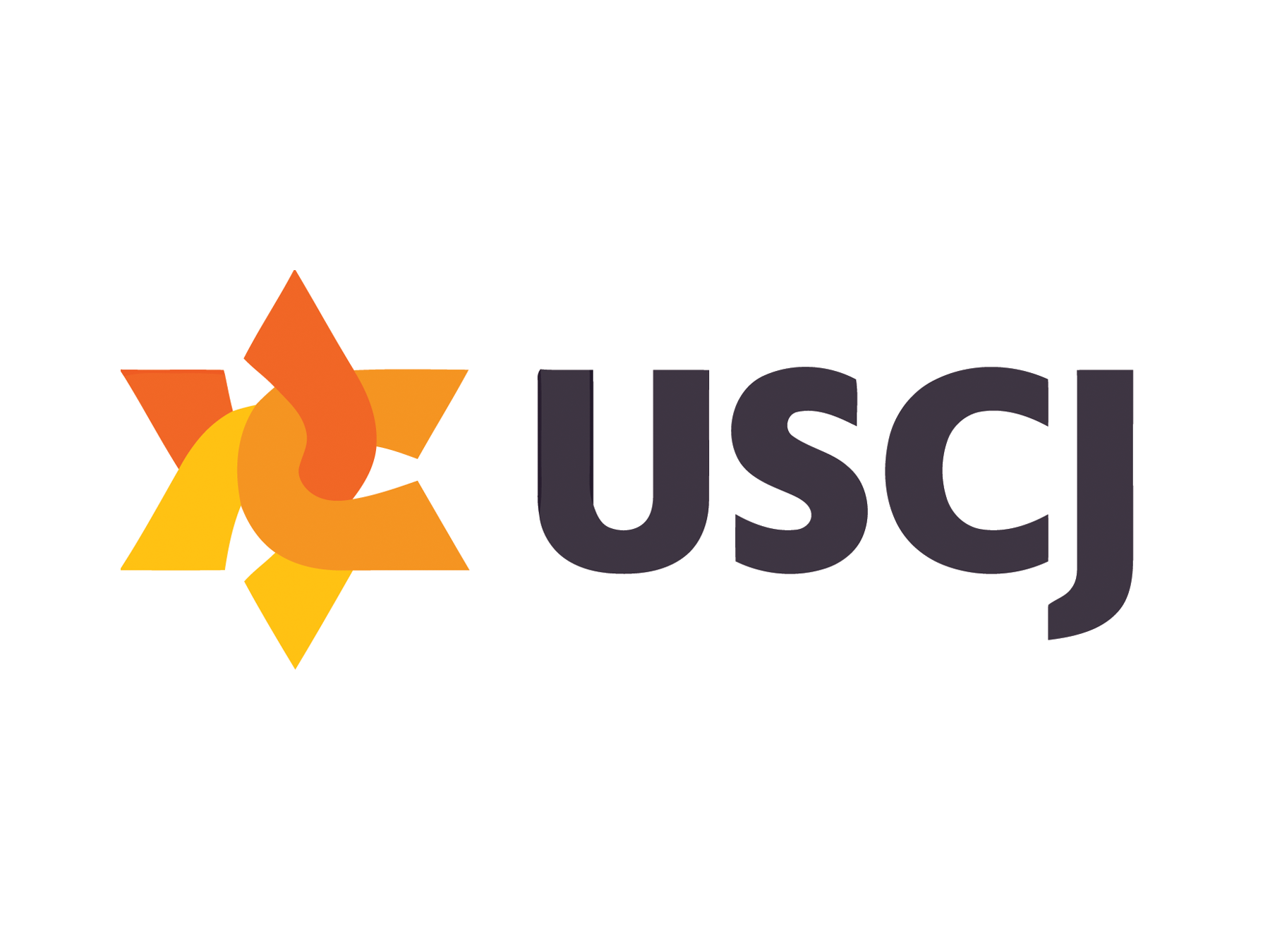
For the second time at a USCJ convention, Generation Y leaders from congregations and communities across North America gathered together for a Shabbaton and leadership training. Over three days, 18 passionate professional and lay leaders focused on (Re)Creating and Empowering Community, an extension of the USCJ convention theme, Dare Together.
With the mandate to “go below the surface,” as Rabbi Steve Wernick discussed in his opening address, the group did just that, challenging assumptions about what their generation wants out of Jewish life (“They just aren’t interested”), rethinking how they engage in Jewish communities and considering why they and others should be invested in the future of Conservative Judaism.
Based on what we heard and learned, here are tips for partnering with emerging leaders:
- Be Inclusive and Recognize Them as Part of the Community – Create a welcoming atmosphere in which they are part of the conversation, rather than looking in from the outside. Trust them as fellow leaders and listen to their insights and feedback. Instead of wringing hands about “the millennial problem,” ask them what they need, want and will help to create.
- Provide Training and Resources — Provide opportunities for them to learn from others. Allow them to take their ideas, provide resources and support, help to bring them to fruition. Utilize resources such as Sulam for Emerging Leaders to enable them to form connections with each other, the rabbi and others in the community.
- Recognize Different Life Stages – Show the value of Judaism at EVERY stage of life. People are waiting longer to get married and have kids (if at all). Determine what this age group is looking for in your community and provide opportunities for them to participate in ways that fit their needs.
- Be Willing to Innovate and Take Risks – Be open to try new things. After you collect data, conduct focus groups, have community conversations, and learn what motivates and/or excites this community, tailor experiences that fit their interests and needs.
- Enable Them to Create Their Own Path of Engagement – Their Judaism may not look like their parents’ Judaism, but that does not mean that they are not searching for ritual meaning and exploration.Some come from interfaith families, some are converts, some grew up with very positive engaged Jewish experiences, and some are just starting to seek meaning in Judaism. Create experiences in which you can learn from and support their individual journeys.
- Provide Opportunities for Them to Gather with Others – Where possible, bring young Jews from different communities together. Let them learn from each other what works well, and what can be done better in creating and sustaining community.
- Relationships Matter – They need to find that they both have a relational experience and a purpose as part of the synagogue community. While they seek to be around those with similar life experiences, they are also looking to engage with others who have been there before.
And most importantly, please don’t call them millennials. As a descriptor, it is accurate. But they are used to hearing this term to describe a problem – a challenge to be overcome. Instead, call them what they are: Jews. Invite them to participate in every aspect of your synagogue.









